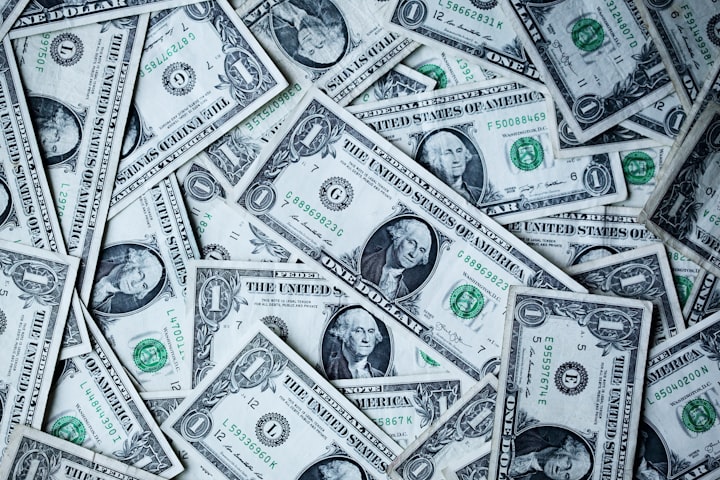Why We Don't Teach the $2 Bill
And other currency missing from classrooms

I'm back again with another post addressing the social media outrage about how "the school system has failed children." Today, I'm going to talk about currency with a touch of common core.
The Math Standard
CCSS.MATH.CONTENT.2.MD.C.8 reads: "Solve word problems involving dollar bills, quarters, dimes, nickels, and pennies, using $ and ¢ symbols appropriately." Note: dollar bills is referring to all bills, not just the $1 bill. This is a Grade 2 math standard, meaning that students should be able to successfully do this math by the end of grade 2.
So, first and foremost, we can see that students are, in fact, being taught currency.
Missing Currency
This is where people get hung up and decide that the school system is failing students. Students are not usually taught the $2 bill, silver dollar, or 50¢ piece. Let me give you some history on these denominations and then explain why they aren't typically taught.
- $2 Bill: while this bill is currently still in circulation, the last printing of the bill was in 2003 (SOURCE). This isn't a bill that is being released often, and it isn't being printed in large quantities. Furthermore, though the bill is technically still in circulation, it isn't being actively used by consumers for a few reasons. The first is that it has become a bit of a collector's item for many people. This is due to it's unique history (which you can read more about here). The $2 bill was actually discontinued in 1966 and didn't come back until 1976 - a ten year gap that made the bill seem rare. Another reason this bill doesn't see much use is that today's cash drawers don't have slot for them, making them a challenge for retailers. Finally, and possibly the most likely reason, the $2 bill isn't worth much more than the $1 bill and consumers typically find it easier to just use the $1 bill (much like we no longer have a $25 bill because people just used a $20 bill and $5 bill). (SOURCE)
- Dollar Coins: dollar coins are no longer being minted for general circulation, though certain ones are minted as collectibles specifically for collectors. The United States stopped minting dollar coins for circulation in 2011, and though you may occasionally come across one, they are fairly rare at this point. (SOURCE)
- 50¢ Pieces: also known as the half-dollar, this coin was the largest coin minted for circulation in the U.S. However, since 2002 the 50¢ piece has been minted annually as part of coin sets and for other products but has not been released into circulation. (SOURCE)
So, Why Don't We Teach It?
In case the above section was a TLDR situation for you, basically these pieces of currency are not common enough to consider teaching.
I am approaching 32 years of age. Up until I got a job as a teacher, I worked in one job or other that handled cash and coins. In all that time, I never had a customer try to pay with a $2 bill or a 50¢ piece. I have come across a few dollar coins, but not enough to write home about. In fact, the only reason I was familiar with a $2 bill is because my parents had some. As for the coins, I was actually taught them when I was in elementary school, but, as a teacher, I haven't taught them.
Why? Because my students aren't likely to encounter those forms of currency when they enter the work force. Our focus as teachers is to teach our students what they need to know to be successful after graduating. Knowing the $2 bill isn't on that list.
Now, I'm not saying that we shouldn't tell our students about these forms of currency. I am all for teaching about it, but not in math. The goal of teaching money in math is to make sure students understand the value of money. That's it.
If I were to teach my students about other currency, such as the $2 bill, I would do it as a Social Studies lesson. Teach them the history of currency in our country, why certain people are on certain coins or bills, why we don't use some coins or bills anymore, etc. Then I would lead in to a lesson about other forms of currency in the world - British Pounds, Pesos, and so on. It's a great opportunity for some cross-curricular learning.
The Bottom Line
The school system is not failing your students, and neither are the teachers, at least not when it comes to teaching them about money. We teach the students what they need to know in order to be successful after graduation.
If you think it's so important that this generation (or the next) knows about $2 bills, then tell them about it. Remember, teaching isn't just for teachers and learning doesn't just happen in a classroom.
Also, that $2 bill you're holding on to isn't worth more than $2. So... there's that.
This was written for and can be found on my teaching blog: Eagerly Engaged. It is my original work.






Comments
There are no comments for this story
Be the first to respond and start the conversation.